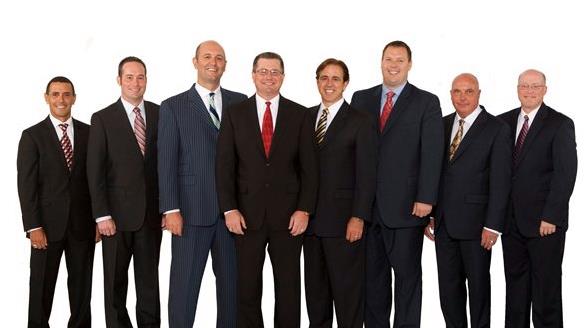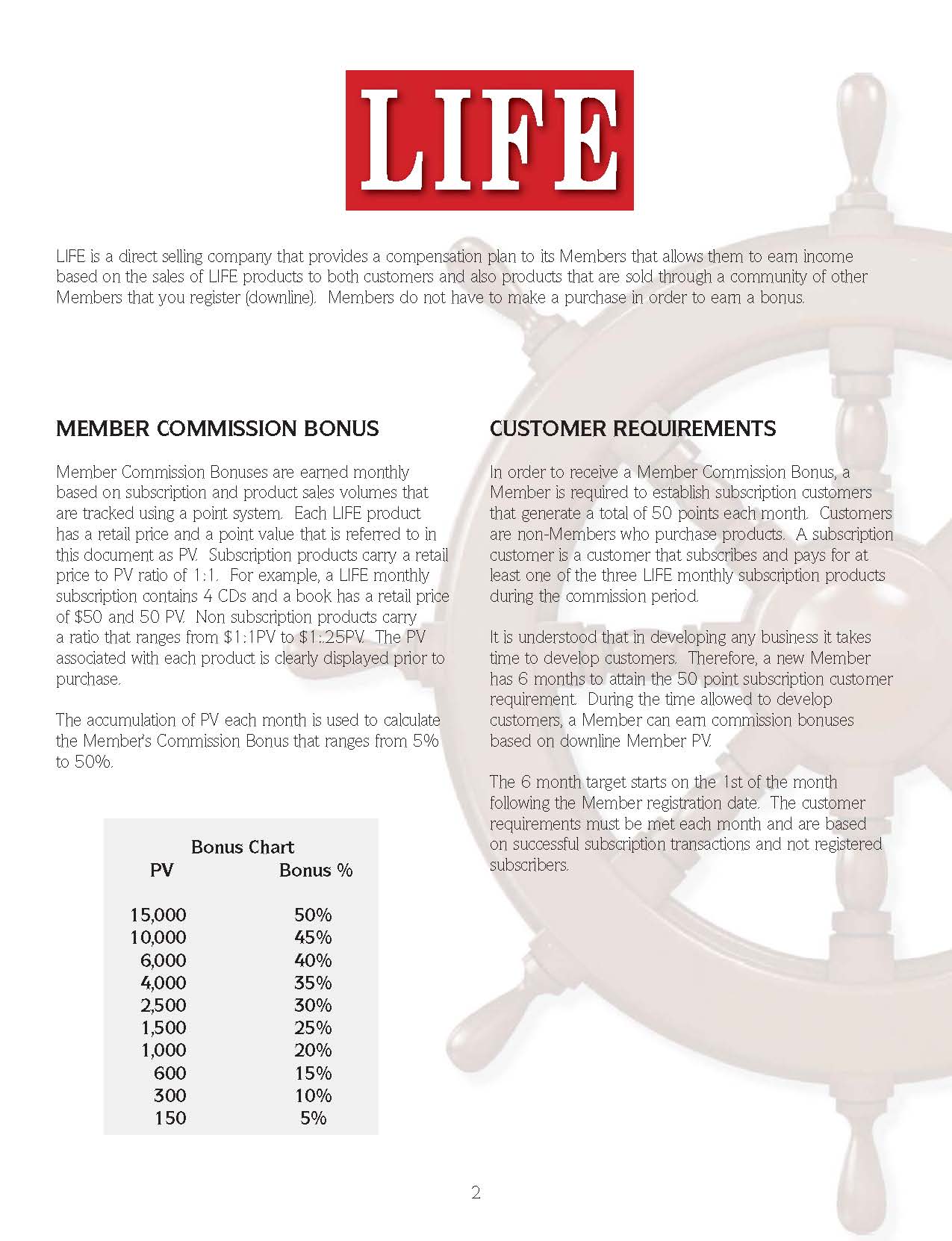The Petition of Rights is the second key document in the history of English-speaking people’s freedoms, following the Magna Carta. The Petition didn’t state any new principles; rather, it was recognition of rights against the tyrannical abuse by the King Charles I. King Charles, because he needed funds for war, repeatedly violated private property by seizing assets and money from his subjects. For example, in 1627, Charles initiated “forced loans” against his people because parliament refused to approve any further taxation.
King Charles I threatened his subjects with imprisonment without trial or habeas corpus, if they refused his demand for loans. Seventy gentlemen were jailed without charges against them merely for refusing to loan the king money. King Charles I, in other words, believed he was above the law of the land, making freedom and law only as good as the whims of the sovereign, certainly not solid ground for enduring freedoms. The Petition of Rights listed five key principles that Charles I violated and demanded redress:
1. Parliamentary approval of all taxes
2. No imprisonment without due cause
3. No rejection of habeas corpus without evidence (legal action, through which a prisoner can be released from unlawful detention)
4. No forced quartering of troops in people’s homes
5. No arbitrary imposition of martial law in the land
The courage mustered by the English Parliament to stand their ground is inspiring to freedom fighters around the world. Had parliament surrendered to the King’s power play, the Magna Carta would most likely be buried under the authoritarian precedences. Instead, however, parliament revived the Magna Carta and courageously said “no” to King Charles I, refusing to surrender the principles of freedom for pragmatic “peace without justice.” The Magna Carta and the Petition of Rights have the same goal in minds – justice under rule of law. By checking the use of arbitrary force against the people and insisting the kings, nobles, and subjects all live under the rule of law, justice was saved.
The English-speaking world would be practically unrecognizable today had the legal mind of Edward Coke not placed his pen to paper and documented the English rights against any and all usurpers. Communities must learn and love their freedoms as much as the English Parliament did in the 17th century. Thus the reason for LIFE and the Mental Fitness Challenge. Below is an excellent summary from Dr. Bill Long.
Sincerely,
Petition of Right I (1628)
Bill Long 1/10/05
Understanding the “Process” of the Petition
A piece of paper is never so alive as when its principles are also in the hearts of the people.
If you were to do an Internet search for “Petition of Right,” you would come up with an 11 paragraph document that stated the “objectives” of a 1628 legal reform movement. This movement not only led to the English Civil war in the 1640s but also expressed many ideas of the American Revolution. The Bill of Rights of the U.S. Constitution contains some of the principles first articulated in the Petition of Right. But the petition didn’t just emerge whole-cloth. It was shaped in difficult circumstances, where liberties had been dramatically curtailed. The purpose of this and the next three pages is to discuss the purposes of the petition, the manner in which it took shape and some of its provisions. This essay will consider the background to the petition.
Incensed at the Five Knights Case
Although the detainees were remanded to prison after the case concluded in November 1627, the issue of their imprisonment without charge did not die. As a sign that even the King’s Bench was not fully satisfied with its decision, the judgment never was entered on the record. Then, in January 1628 the prisoners were freed in anticipation of Charles I calling another Parliament (it would be his third since his accession to the throne in March 1625). He needed more money, and it would have been impossible to get Parliament to agree on more taxes if the loan “refuseniks” were still behind bars. Thus, he had to show an example of “magnanimity” by releasing them. However, elections did not go in the Crown’s favor. All “Refusers” who ran were returned to Parliament. The die was cast, even if the Crown didn’t realize it.
Thus when Parliament met in March 1628, the King wanted to take up the issue of subsidies immediately, but the House of Commons had other ideas. Still stung by the arbitrary imprisonment of loan refusers and by more recent decisions of Charles to quarter troops in private dwellings in order to save money and to enforce martial law throughout the Kingdom, the Commons decided upon a “personal rights” agenda. They agreed in principle to taxations for foreign wars, but were more concerned with addressing (and redressing) the issue of remedies for a freeman falsely imprisoned.
The Petition Takes Shape–Draft I
Catherine Bowen Drinker, in her prize-winning biography of Coke (The Lion and the Throne) states it well: the issue before the Commons was whether to go by way of bill, petition or remonstrance. The last was quickly dismissed because the Commons wanted to express more than their dissatisfaction with existing conditions. The first was also discarded because a bill (a statute) suggested that the Commons would be declaring new rights or rights insufficiently clarified in the traditions of the people. But Coke’s approach, along with others, was to see what they were doing as expressing rights long recognized rather than devising something new. Thus, a petition was the effective vehicle. But another distinction had to be made, between a petition for grace and a petition of right. The former was a request from a freeman asking the King’s mercy or largesse whereas the latter was a sort of demand (even though called a petition) for rights to be recognized. They would seek the latter.
By the end of March 1628 four basic concepts for the Petition of Right were articulated by the Commons. These were: (1) no imprisonment of freemen without cause shown. The King’s command alone was insufficient to hold a man; (2) habeas corpus was not to be denied; (3) [overlapping with the preceding] the prisoner would either be bailed or released after a habeas hearing; (4) there would be no “tax, taillage, loan, benevolence” commanded or levied without the approval of Parliament.
Defending and Revising the Petition
The thing that really stuck in the craw of the Commons was that freemen had been imprisoned without cause by royal order. But in order for the Petition to have teeth, it had to be approved by the House of Lords and assented to by the sovereign with the traditional language, supposedly going back to Edward I: “Let right be done even as it is desired.” But the House of Lords responded to the four propositions of the Commons in April with a series of paragraphs beginning with “His Majesty would be graciously pleased to declare.” In other words, the Lords wanted to transmute the petition of right into one of grace.
At the heart of the disagreement in April between Commons and Lords was whether the “intrinsical prerogative” of the King, assumed in the wording of the Lords’ answer, could trump the common law of the land. Coke declared that the language of “intrinsical prerogative” was not much found in the laws of the land. If the Commons had to agree to the wording of the Lords, it would be tantamount to agreeing that their rights were a matter of grace. In Coke’s words, “Reason of state [the philosophy of the Lords] lames Magna Carta.”
The negotiating continued throughout the Spring. Finally, the debate within the Houses of Parliament centered on one phrase, a phrase suggested by the Lords, to which the Commons could not assent. It was a request to preserve liberties but “to leave entire the sovereign power” of the monarchy. By the end of May, the Commons had convinced the Lords to drop the phrase, arguing that traditional royal prerogatives would not to be threatened by the peoples’ declaration of their desire to be safe in their persons.
Conclusion
Charles finally acceded to the Petition in June 1628. His agreement was secured for two reasons. First, he needed the subsidies which the Commons were holding up because of the Petition. Second, he managed to secure agreement from his hand-picked judges that the Petition would not be interpreted in a sense contrary to his desire. But the tide really had turned now against Charles. His seemingly bold actions early in his reign, while he was still a man in his mid-20s, ended up recoiling upon his head. Trust had been irrevocably broken through the Five Knights Case and his attempt to limit the effect of the Petition of Right ultimately was of no avail.










